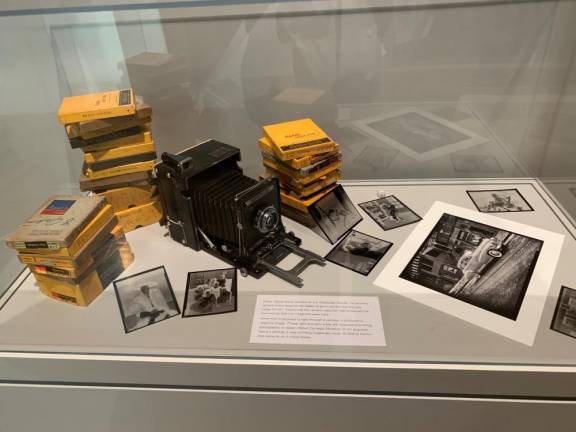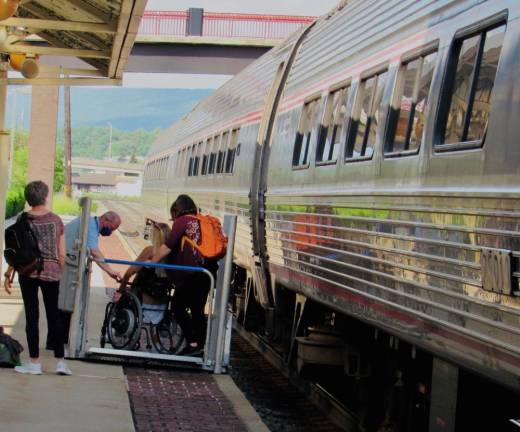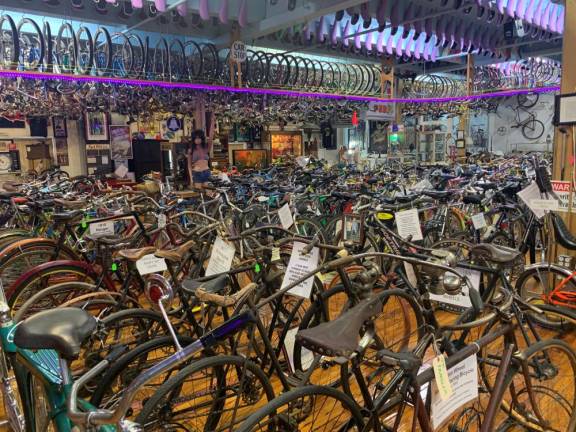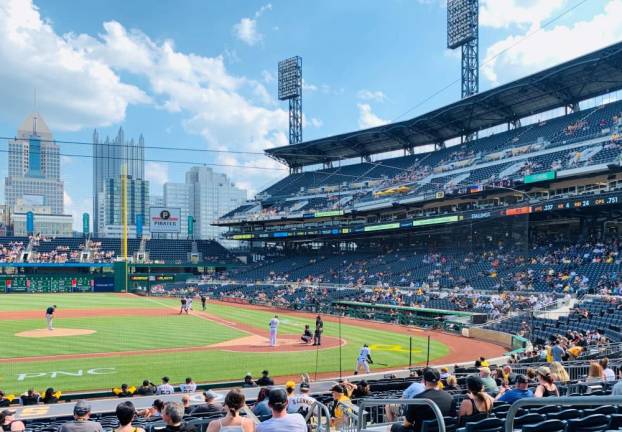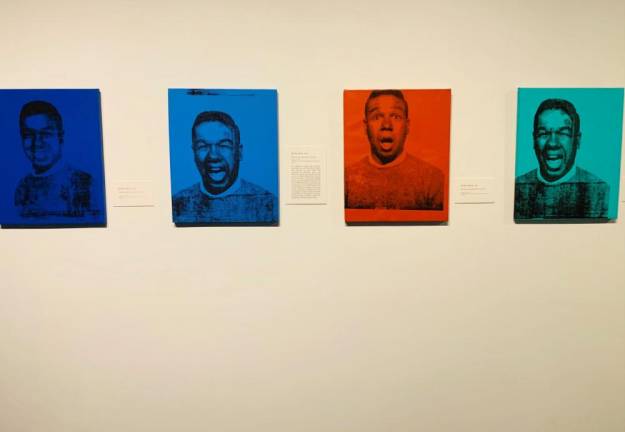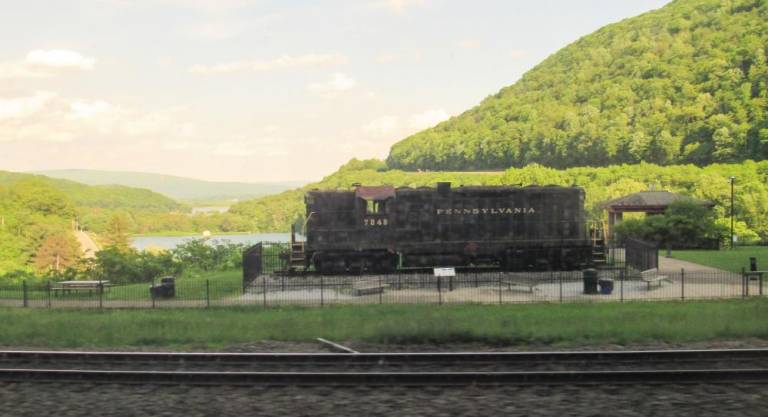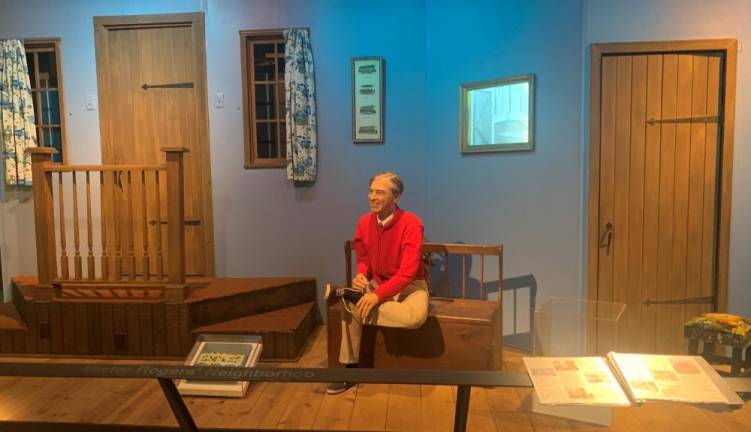Pittsburgh, formerly a city of grey skies and steel production, is filled with culture and cuisine, worth at least a three-day trip by car, bus, train or airplane. Once there, you can get around easily by walking, taxis, a good transit network, bike-share, even funiculars, if you are so inclined.
Amtrak’s Pennsylvanian departs Pennsylvania Station in NYC once a day and stops in Philadelphia en route to Pittsburgh. It offers an ADA-compliant experience, comfortable seating, a cafe car and beautiful scenery through Central Pennsylvania on a nine-hour trip. Just west of Altoona, Horseshoe Curve offers a scenic view of hilly Pennsylvania as the train climbs mountains on its way west.
Alternatively, if you want to stretch your legs and sample hoagies, you can travel to Philadelphia from Port Authority on Peter Pan Bus Lines (in just under two hours) and join the Pennsylvanian there. ADA-compliant Peter Pan offers senior fares and priority seating to physically-challenged and senior riders in the first few rows. At the Philadelphia terminal, it was literally 50 feet to the nearest street, no elevators, stairways or escalators to deal with. Please note that Peter Pan does not offer service to Pittsburgh.
Downtown Pittsburgh provides hotels for every budget. This part of the city is relatively flat, walkable, with convenient public transit. Many restaurants offering diverse cuisines are available within this area as well. It can be overwhelming to be presented with so much to do in a few days, so my advice is to do some research and plan a few selections daily.
We picked the Omni William Penn for our in-town lodgings. The 600-room ADA-compliant hotel offers comfortable rooms, a restored grand lobby and proximity to many restaurants and cultural venues, with transportation steps away. Post-pandemic restaurant and in-room dining are limited for now.
The biggest surprise? The unique and informative John Heinz History Center (housed in an old ice warehouse). Chronicling the history of Western Pennsylvania through different eras, cultures, and class structures exploring everything from Mr. (Fred) Rogers to the history of the HJ Heinz Company, this the perfect place for learning about why Pittsburgh became an important place in Pennsylvania.
If they are in town, a Pirates home game at spotless PNC Park is a great experience. The stadium offers excellent sight lines, reasonably affordable concessions, and gives you a chance to watch America’s favorite pastime while glancing at the Pittsburgh skyscape just across the Allegheny River. Steps with handrails to the seats make it easier for seniors.
A five-minute walk from PNC Park, the Andy Warhol Museum has a special connection to Manhattanites; the artist and style-maker who ruled N.Y.C. culture in the 1970s and 1980s was born Andrew Warhola in Pittsburgh. This former warehouse houses seven floors devoted to the artist, from growing up in Pittsburgh to his New York trendsetting. Ramps and elevators make this an easy place for all to navigate. (The gift shop is exceptional.)
Perhaps the most unusual visit was to Bicycle Heaven, located in a factory district near the Ohio River (three miles from downtown). Its two revelatory large floors, with steps (no elevators) showcases 6,000 different bicycles dating from the nineteenth century to today. It is open daily from 10 a.m. to 7 p.m., and, hopefully, friendly owner Craig Morrow will be there to field your questions.
If you wish to combine two venues in one place, the Carnegie Museums of Art and National History adjoin each other in the Pittsburgh Oakland District, reachable by bus or car service. The Natural History Museum has a wealth of exhibits, including a gem hall that rivals many larger museums, and a paleontology workspace, where you can observe museum staff working on exhibits. The Carnegie Museum of Art has an impressive collection of 34,000 objects of painting, photography, and sculpture. Unique to the museum are 70,000 negatives from the Charles “Teenie” Harris collection. A fraction of these negatives are now prints mounted in a gallery dedicated to the former Pittsburgh Courier photographer, whose stunning images reflect the city’s African-American life from 1935-1975, lensed for the Pittsburgh Courier.
As far as dining, the most memorable restaurant was Waffles, INCaffinated. The downtown location had a 45-minute Saturday morning wait for the one of finest breakfasts we have ever experienced. The crab omelette and blueberry toast made the wait worthwhile. The restaurant is only open from 8 a.m.- 2 p.m.
Pittsburgh’s most unique restaurant location is atop Mt. Washington, 1,000 feet above sea level, rising 400 feet above downtown. On a cross between an elevator and a cog railway, two funiculars, the Monongahela and the Duquesne Inclines, bring you there in a matter of minutes. On top, we ate at Coughlin’s Law Kitchen and Ale House, a burger and brew restaurant, with a back seating area overlooking downtown and the Allegheny River Valley. Try to get there before sunset and stay until it gets dark for the best view of The Steel City’s downtown.
